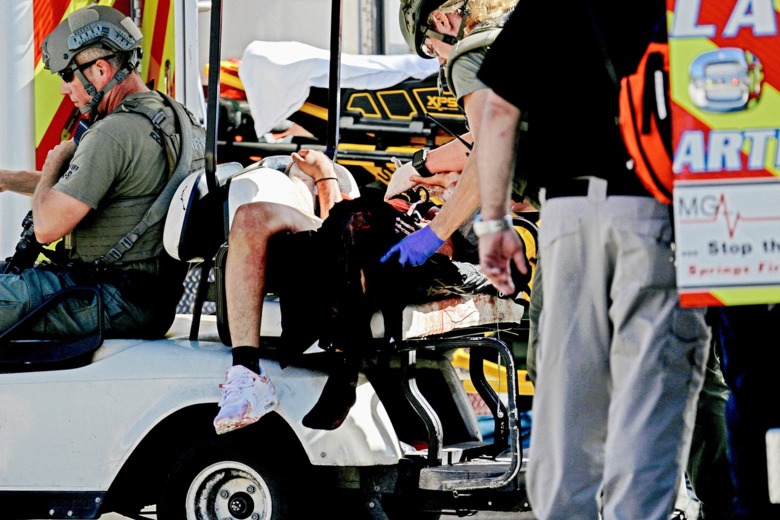When I was a kid, the first R-rated movie I ever remember my parents taking me to see was Schindler’s List. It was difficult to watch the graphic depictions of the liquidation of the ghetto, the shockingly flippantly inhumane treatment of concentration camp prisoners, and various other summary executions during the Holocaust... but it was also a movie about the Holocaust, so it seemed justified. I couldn’t get the images out of my head and was profoundly disturbed by them, but I also had a profound sense of having seen something that needed to be seen. Those images still play in my mind when I think about preventing future injustices. They were worth the pain. “Vale la pena,” as my Ecuadorian family might say.
I’m beginning to feel the same about gun violence in schools. The author of the piece linked below expresses the idea clearly and convincingly.
A quote:
“The fight to pass a federal anti-lynching law stalled for decades before it was propelled, in part, by gruesome images of Southern lynchings, printed in newspapers and circulated by black activists and sympathetic allies. The horrific violence done to Emmett Till, captured in photos and published for the world to see, helped energize the civil rights movement. There is no firm empirical relationship between press coverage and the public’s turn against the Vietnam War, but images of fighting and death played a real part in pushing some Americans from quiet disagreement to staunch opposition. Images from Abu Ghraib contributed to the wide sense among Americans that U.S. officials were condoning torture in Iraq. And more recently, graphic videos and images from police shootings of black Americans have galvanized a broad protest movement and led to real change in public opinion.”
